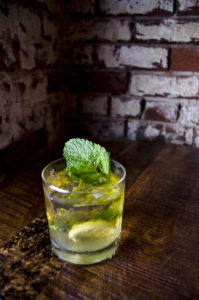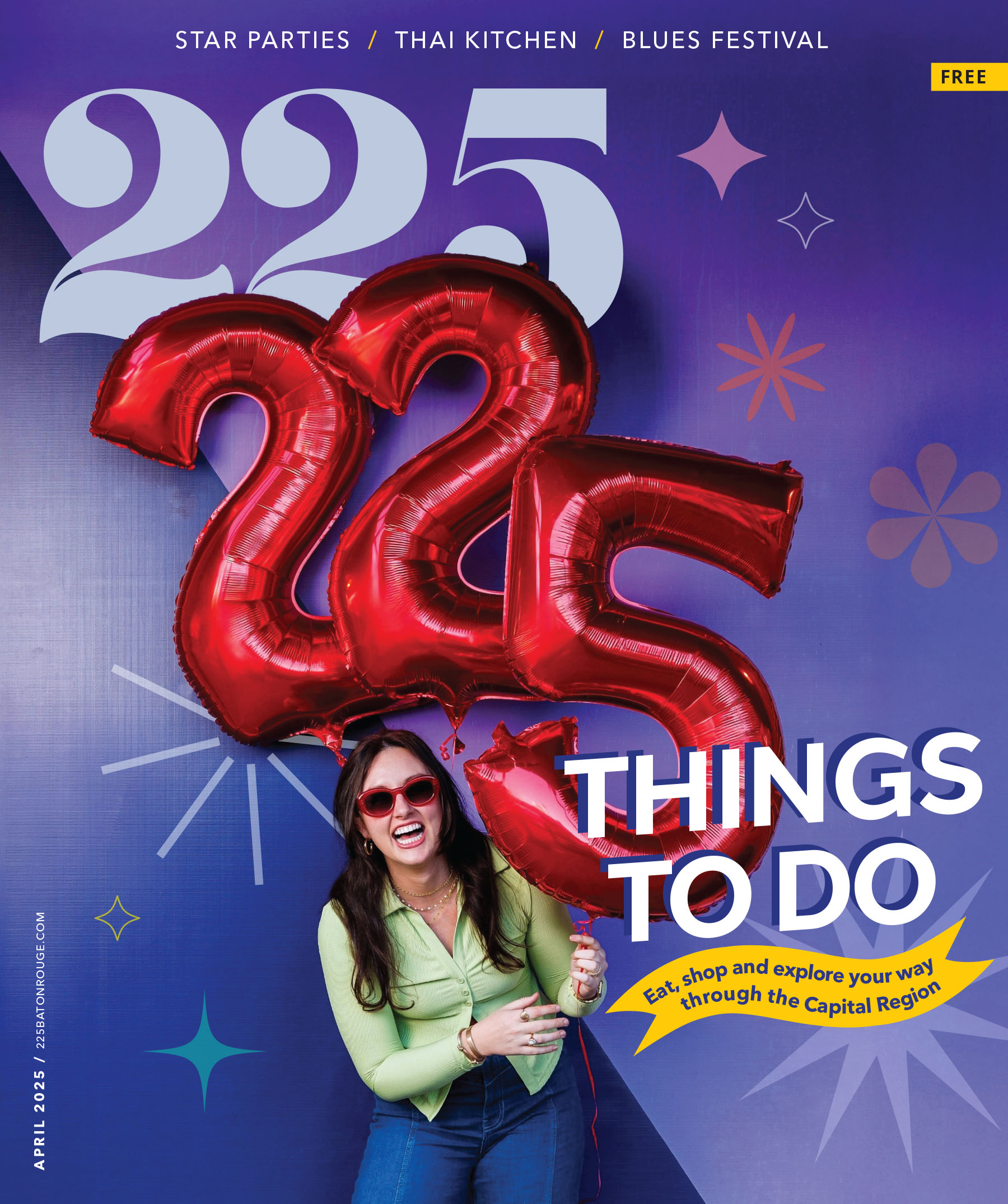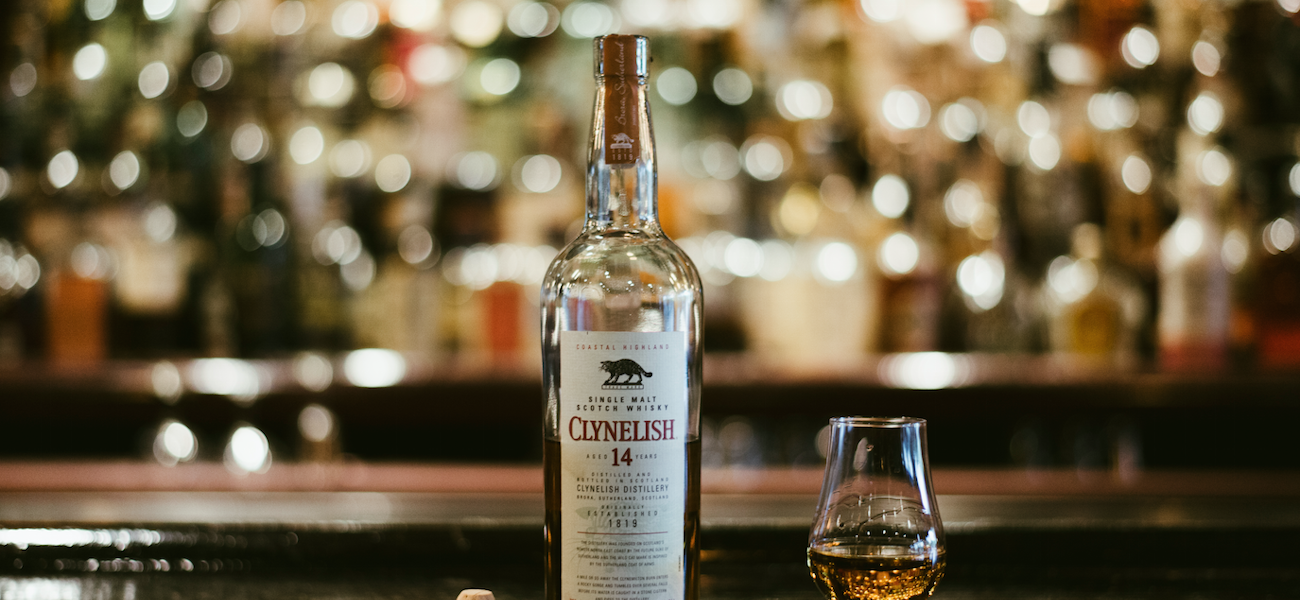Bourbon and Baton Rouge go together like peanut butter and jelly.
Following national trends, the city has gotten serious about craft cocktails, retaining a knowledgeable bar staff and keeping a properly stocked bar.
But even in a city that knows how to drink well, finding the right whiskey for your palate can be tough, tricky and maybe even traumatic. You can always try to fake it till you make it when talking to local bartenders, but here are some pointers to keep in mind so you can at least sound like you know what you’re talking about.
WHISKEY 101

Like beer or wine, whiskey comes in many different styles, each having its own unique depth of flavor.
Scotch can only be produced in … you got it, Scotland. There are several variances of Scotch, but overall this spirit will typically have a smokier taste, thanks to an ingredient used in the malting process called “peat.” Fun fact: When referring to Scotch, Canadian or Japanese whisky, the word “whisky” is spelled without the “e.”
Irish whiskey comes from … Ireland! You’re doing great. Almost all Irish whiskeys will be distilled three times and aged for at least three years, but they give off a more manageable, less harsh taste than Scotch, since peat is not used.
American whiskeys are also a popular choice, including rye whiskeys and bourbons. Rye whiskey is made from at least 51% rye and will give off a spicy yet fruity taste. Think: Sazeracs or Manhattans. Bourbons, on the flip side, are made from at least 51% corn and will taste much sweeter. Some personal favorites: Basil Hayden’s, Blanton’s and Woodford Reserve.
Can I have ice with that?
Most whiskey connoisseurs will order their drinks “neat,” meaning room temperature without ice. It helps bring out the aroma and flavor of the whiskey. If you’re just starting out, order on the rocks. The ice will bring down the intensity of the flavors and make the drink a little more refreshing.
How to find your favorite
Whiskey tasting is a subjective adventure. Pick a direction you want to head in and take a stab at something in your price range. Remember, higher price doesn’t always equal better flavor, and don’t get too caught up on the year it’s aged.
So, what’s the deal with aging?
The older a whiskey is, the more rare and expensive it’s likely to be. Sometimes that can mean better flavor, but not always. As the whiskey is aging in the cask, a small amount evaporates through the wood and into the air—an average of about 2% each year. Distilleries call this “the angels’ share.” Some older spirits might have a woody taste if too much of the whiskey has evaporated. Generally speaking, bourbons age best from four to 10 years, and Scotch’s sweet spot is around 12-20 years. Everything from the size of the cask to the climate it’s stored in and even the way the barrel sits on the shelf can affect evaporation rates. Cheers to science!
WHERE TO SIP
You’ve studied our guide and are ready to talk to a bartender. Congrats! Here are some spots to sip at.
Churchill’s
7949 Jefferson
Highway, Suite C
churchillswine-cigars.com
The Cove
2561 Citiplace Court
thecovebr.com
Driftwood Cask & Barrel
326 3rd St.
facebook.com/driftwoodbr
Hayride Scandal
5110 Corporate Blvd.
hayridescandal.com
(Scheduled for a spring opening)
Olive or Twist
7248 Perkins Road, Suite A
oliveortwistbr.com
Radio Bar
3079 Government St., Suite B
theradiobar.com
The River Room
222 Laurel St.
facebook.com/theriveroombatonrouge
Click here to get back to our Baton Rouge home base.
This article was originally published in the May 2017 issue of 225 Magazine.








